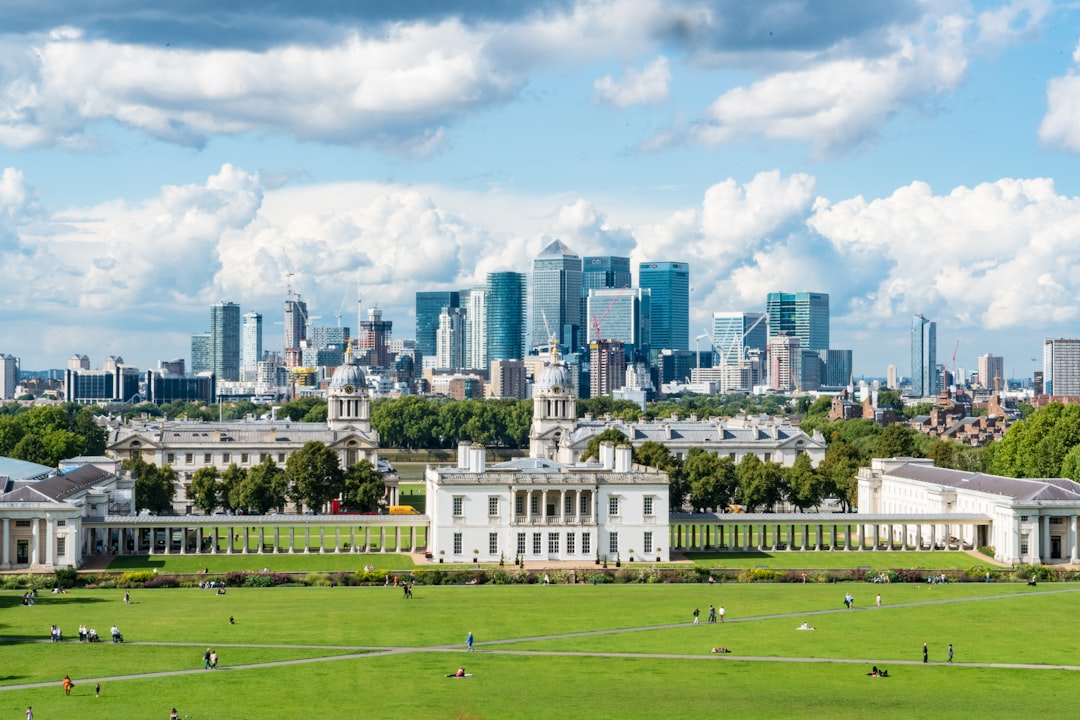
Unveiling Hidden Gems: Lesser-Known Monuments Worth Exploring
## Introduction. When we think of monuments, iconic structures like the Eiffel Tower or the Great Wall of China often come to mind. While these grand landmarks are undoubtedly breathtaking, the world is filled with hidden gems—remote or lesser-known monuments that offer unique insights into history and culture. This blog post unveils some extraordinary hidden monuments that not only boast stunning architecture but also tell fascinating stories waiting to be discovered. ## 1. Alethei Monastery, Greece. Nestled in the cliffs of the Pindus Mountains lies the Alethei Monastery, a striking yet often overlooked religious site. Built in the 14th century, this monastery offers breathtaking views of the surrounding landscape and is an excellent place for introspective meditation and exploration of Eastern Orthodox art and architecture. Visitors can marvel at ancient frescoes and hand-carved wooden altars, while hiking trails around the monastery provide access to the unspoiled nature of the area. Unlike many of its popular counterparts, Alethei remains tranquil, allowing for a serene escape. ## 2. The Temple of the Sun, Peru. While Machu Picchu garners all the attention, the Temple of the Sun in Cusco is a hidden treasure of Incan architecture. Constructed from finely cut stones, the temple represents the Incas' deep connection to the sun, played out through intricate ceremonial practices. The site showcases the mastery of Incan engineering, with orientation designed around the solstice sun. Visitors often miss this wonder in favor of more popular attractions; however, its unique energy and historical significance make it a place worth exploring. Don't forget to wander around the bustling streets of Cusco, where vibrant culture meets ancient history. ## 3. The Terezin Memorial, Czech Republic. The Terezin Memorial, located within the walls of a former concentration camp, serves as a poignant reminder of the atrocities of World War II. Though it may not be your typical tourist destination, this monument is vital to understanding the frailty of human rights. Visitors have the opportunity to gain insight into the lives of those imprisoned here through exhibits and guided tours. The monument is not only a crucial site for remembrance but also acts as a powerful educational resource about tolerance and humanity. The solemn atmosphere invites reflection, providing a stark contrast to lighter vacation activities. ## 4. Chaco Culture National Historical Park, New Mexico, USA. Hidden amidst the high desert of New Mexico, Chaco Culture National Historical Park is a UNESCO World Heritage site that offers visitors a glimpse into the lives of the ancient Pueblo people. The park comprises spectacular ruins of multi-story structures, aligned with celestial bodies, and demonstrates advanced architectural planning. The vastness of the site allows for exploration on foot, while countless petroglyphs and artifacts reveal the significance of this once-vibrant cultural hub. Every corner holds a story, and guided tours can lead visitors deeper into the history behind this enduring monument. ## 5. The Gjirokastër Castle, Albania. Dominating the skyline of Gjirokastër, this fortress is often overshadowed by higher-profile locations in Europe. With its origins dating back to the 12th century, the castle offers not only stunning views but also fascinating insights into Albania's complex history. Visitors can explore its ancient towers, museums, and an impressive arsenal of exhibits, each narrating the legacy of this UNESCO World Heritage site. Walk through the old town, filled with traditional stone houses, to appreciate a unique blend of architecture and culture that remains remarkably preserved. ## 6. The Kumbhalgarh Fort, India. Unlike the more famous forts of Rajasthan, the Kumbhalgarh Fort remains largely under the radar, making it a hidden gem in the vast landscape of Indian history. Renowned for its stature—boasting one of the longest walls in the world—this fort is a testament to Rajput valour. The fort's sprawling expanse offers a combination of intricate architecture, lush greenery, and panoramic views of the Aravalli ranges. Unlike other tourist hotspots, Kumbhalgarh provides a peaceful ambience, making it ideal for leisurely exploration and photography. The fort is especially captivating during sunset, where rich hues bathe the ancient walls in golden light. ## 7. The Little Rock Nine Monument, Arkansas, USA. In the heart of Little Rock, Arkansas, lies a powerful monument commemorating the Little Rock Nine—the nine African-American students who enrolled in an all-white school in 1957, signaling a crucial turning point in the desegregation movement in the U.S. This site is not only educational but serves as a powerful symbol of courage and perseverance. Engaging exhibits and guided tours bring history alive, prompting meaningful discussions about civil rights and social justice. Being at the forefront of such monumental change requires a visit to fully appreciate the continued efforts toward equality and inclusivity. ## 8. The Primatial Abbey of Peterborough, England. Rounding out the list, the Primatial Abbey of Peterborough radiates historical significance coupled with architectural brilliance. While many visit Westminster Abbey, Peterborough offers a quieter yet equally captivating experience. The stunning Norman architecture and medieval art, along with the serene gardens, provide a perfect backdrop for reflection. Visitors can explore the abbey’s rich history, including its ties to British royalty, making it a must-see for anyone interested in British history and architecture. Its hidden charm lies in its ability to transport individuals back in time, away from the pressures of modern life. ## Conclusion. While popular monuments deserve their fame, delving into hidden gems across the globe can offer a refreshing and enriching perspective on history and culture. From the serene heights of Greece to poignant memorials in Europe, these lesser-known monuments promise unique experiences that connect visitors to the very essence of human expression and creativity. Exploring these hidden treasures allows travelers to engage with the past meaningfully, making each journey a profound adventure. So next time you're planning your travels, consider seeking out these monuments that deserve a place on the map—because history is often found in places we least expect it. .









